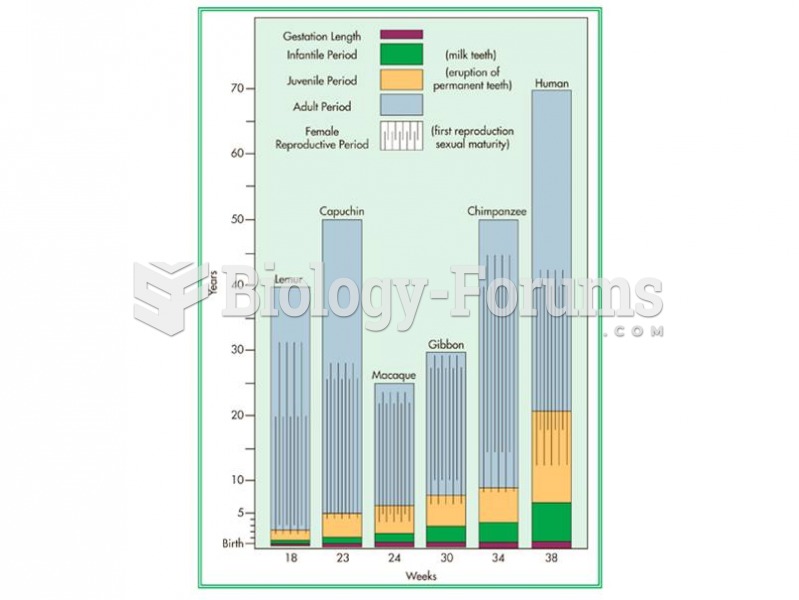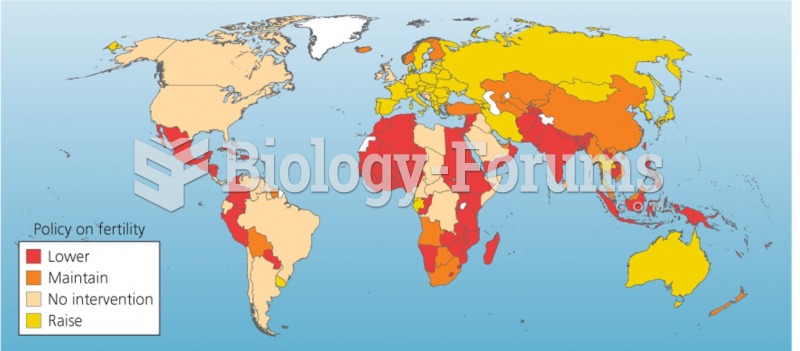Answer to Question 1
ANS: A
An accessible population is the portion of the target population to which the researcher has reasonable access. The sample is obtained from the accessible population by a particular sampling method. The target population is the entire set of individuals or elements who meet the sampling criteria. The sample is selected from the accessible population within the target population, since this is the population from which the researcher can actually select subjects. The sample here is a subset of the accessible population that actually checks into shelters, not the target population of all homeless persons. The entire population is a particular group of people who share one or more characteristics that are the focus of the research.
Answer to Question 2
ANS: A
Network sampling, sometimes referred to as snowballing, holds promise for locating samples difficult or impossible to obtain in other ways or who had not been previously identified for study. Network sampling takes advantage of social networks and the fact that friends tend to have characteristics in common. When the researcher has found a few subjects with the necessary criteria, he or she asks their assistance in getting in touch with others with similar characteristics. The first few subjects are often obtained through a convenience sampling method, and the sample size is expanded using network sampling. In cluster sampling, the researcher develops a sampling frame that includes a list of all the states, cities, institutions, or organizations with which elements of the identified population would be linked. States, cities, institutions, or organizations are selected randomly as units from which to obtain elements for the sample. In purposive sampling, sometimes referred to as purposeful, judgmental, or selective sampling, the researcher consciously selects certain participants, elements, events, or incidents to include in the study.







